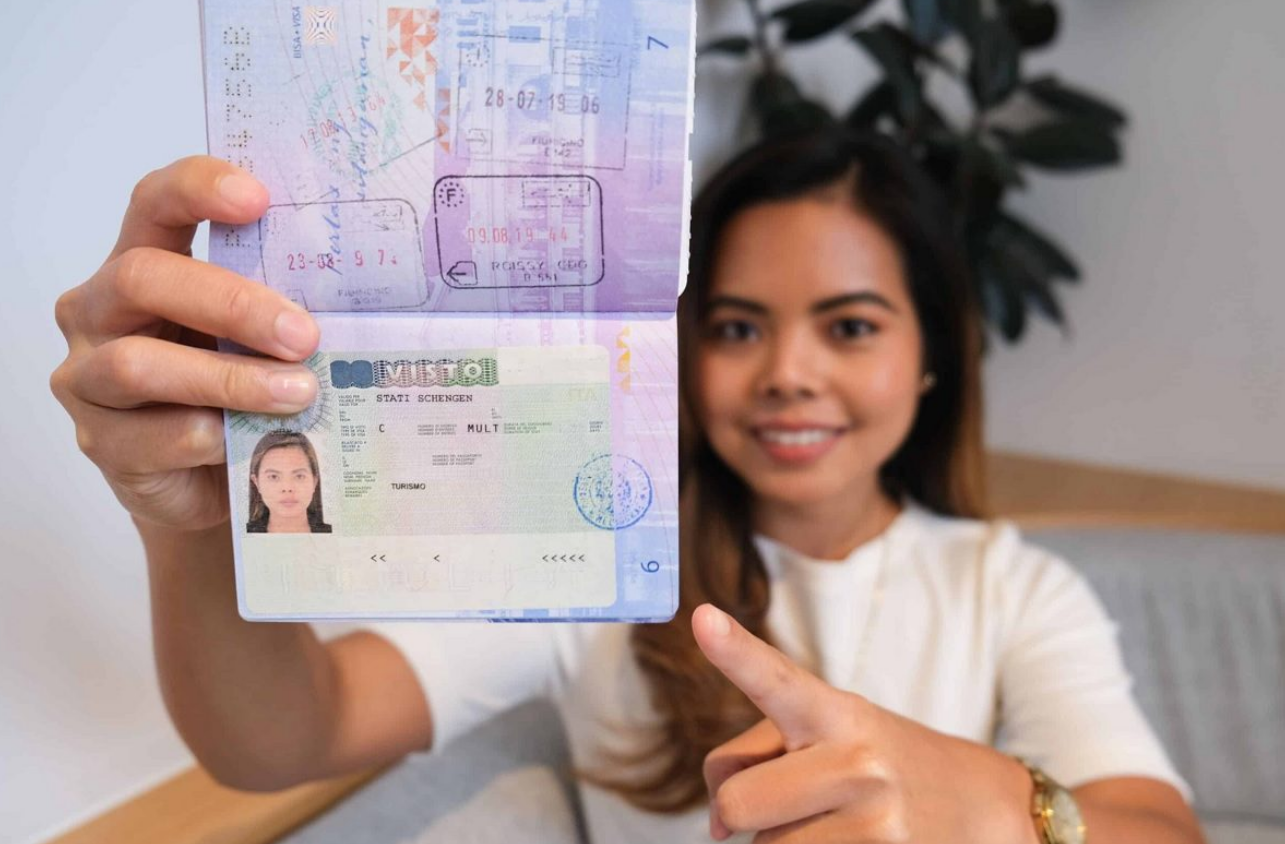
Everything You Need to Know About the Schengen Visa
If you’re planning a trip to Europe, you might have heard about the Schengen Visa. This visa allows you to travel freely across many European countries with just one visa. It sounds simple, but there’s a lot to know before applying. In this article, we’ll explain everything in easy terms — from what the Schengen Visa is, how to apply for it, who needs it, and more.
What is a Schengen Visa?
The Schengen Visa is a short-stay visa that allows a person to travel to any of the 27 Schengen Area countries for up to 90 days within a 180-day period. You can travel for tourism, business, or family visits. What makes it special is that once you enter one Schengen country, you can travel to the others without needing another visa — just like traveling between states in India or the U.S.
Which Countries are in the Schengen Area?
The Schengen Area includes most of the European Union (EU) countries, plus a few non-EU nations. As of now, the 27 Schengen countries are:
- Austria
- Belgium
- Czech Republic
- Denmark
- Estonia
- Finland
- France
- Germany
- Greece
- Hungary
- Iceland
- Italy
- Latvia
- Liechtenstein
- Lithuania
- Luxembourg
- Malta
- Netherlands
- Norway
- Poland
- Portugal
- Slovakia
- Slovenia
- Spain
- Sweden
- Switzerland
- Croatia
Note: Countries like Ireland, Cyprus, and Romania are not part of the Schengen Area.
Who Needs a Schengen Visa?
If you're a citizen of a non-Schengen or non-EU country, such as India, Pakistan, Nepal, Bangladesh, South Africa, or the Philippines, then you’ll most likely need a Schengen Visa to enter these countries.
However, if you hold a passport from countries like USA, Canada, Australia, Japan, etc., you may not need a visa for short stays (up to 90 days), but it's always best to check the latest rules.
Types of Schengen Visas
There are mainly two types of Schengen Visas:
1. Short-Stay Visa (Type C)
This is the most common visa. It allows you to stay for up to 90 days in any 180-day period. It’s perfect for tourism, business trips, or visiting friends or family.
2. Airport Transit Visa (Type A)
This is for people who need to change flights in a Schengen country’s airport without entering the country. It's useful if you have a layover.
How to Apply for a Schengen Visa?
Applying for a Schengen Visa involves several steps:
1. Choose the Right Embassy or Consulate
Apply at the embassy of the country you will spend the most time in. If you're spending equal time in multiple countries, apply at the embassy of the country you will enter first.
2. Book an Appointment
You usually need to schedule an appointment online or through a visa application center like VFS Global.
3. Fill Out the Application Form
You can download the Schengen Visa application form from the embassy’s website or fill it online.
4. Collect Required Documents
Here’s what you generally need:
- A valid passport (valid for at least 3 months after your return)
- Visa application form
- Passport-size photos
- Travel itinerary (flight bookings, hotel reservations)
- Travel insurance (coverage of at least €30,000)
- Proof of funds (bank statements, salary slips)
- Cover letter stating the purpose of your visit
- Employment letter or proof of business/education
5. Pay the Visa Fee
As of 2025, the standard Schengen Visa fee is €80 for adults and €40 for children aged 6-12. Children under 6 are usually free.
6. Attend the Visa Interview
At the interview, you will submit your documents and provide biometric data (fingerprints and photo). You may be asked questions about your trip.
How Long Does It Take?
It usually takes around 15 working days, but it can take longer in busy seasons or if more documents are needed. You should apply at least 15 days before your trip and no more than 6 months in advance.
How Long is the Visa Valid?
The Schengen Visa allows you to stay for a maximum of 90 days within a 180-day period. This means you can travel around the Schengen Zone for 3 months, but after that, you’ll need to leave and wait another 3 months before reapplying.
Some people may get multiple-entry visas that are valid for 1 year or more, but you still must follow the 90/180 rule.
What is Travel Insurance for Schengen Visa?
You must have travel medical insurance that covers at least €30,000. It should include emergency medical care and repatriation in case of illness or accident. There are many insurance providers that offer Schengen-compliant travel insurance.
Can the Visa Be Rejected?
Yes. A Schengen Visa can be rejected due to:
- Incomplete documents
- Insufficient funds
- Invalid travel insurance
- Doubts about return to home country
- Fake documents
Always be honest and provide accurate information.
What If You Want to Stay Longer?
If you want to stay longer than 90 days, you need to apply for a national visa or residence permit of the specific country. The Schengen Visa does not allow long-term stays.
Final Tips
- Apply early, especially during the holiday season.
- Double-check your documents and dates.
- Have a clear travel plan and purpose.
- Make sure your passport is not damaged or expiring soon.
- Book refundable tickets if possible, in case of delays or rejections.
Conclusion
The Schengen Visa is a wonderful way to explore multiple European countries with just one visa. While the process may seem detailed, being well-prepared makes it easy. Whether you're planning a romantic trip to Paris, skiing in Switzerland, or exploring castles in Germany, the Schengen Visa is your ticket to an unforgettable European adventure.
Comments
Comments are closed.
 ENG
ENG






